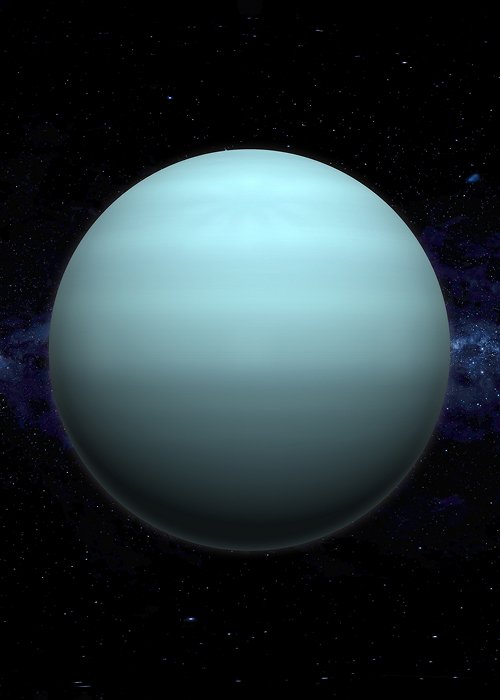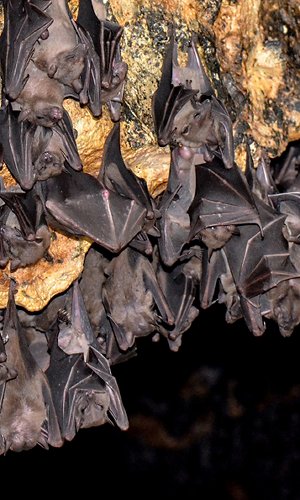How long is a day on Uranus, the seventh planet in the solar system? A day on Uranus is actually longer than astronomers previously believed. Thanks to more accurate measurements obtained using NASA/ESA’s Hubble Space Telescope, scientists have now determined that Uranus takes 17 hours, 14 minutes, and 52 seconds to complete a full rotation, and not the 17 hours, 14 minutes and 24 seconds estimated in the 1980s. This new measurement reveals that a day on Uranus is 28 seconds longer than previously calculated during NASA’s Voyager 2 flyby in 1986. Determining a planet’s internal rotation rate is no simple task, and scientists can’t directly measure Uranus’s rotation. To overcome this, the research team developed a new method based on tracking the planet’s auroras. Similar to Earth’s northern and southern lights, these dazzling light shows are produced in Uranus’s upper atmosphere by waves of energetic particles near the planet’s magnetic poles. However, Uranus’s auroras behave in unique and unpredictable ways due to the planet’s highly tilted magnetic field, which is significantly offset from its axis of rotation, making Uranus essentially “lie on its side.” The team used Hubble’s unique observations of Uranus’s auroras, gathered over more than a decade, to refine the planet’s rotation period. Their technique revealed that Uranus spins 28 seconds more slowly than previously thought. According to the study, this measurement not only provides a vital benchmark for the planetary science community, but also solves a long-standing issue: earlier coordinate systems, based on outdated rotational periods, had become quickly inaccurate, making it impossible to track Uranus’s magnetic poles over time. With this new longitudinal system, scientists can now compare auroral observations spanning nearly 40 years and even plan for a future mission to Uranus. Hubble’s continuous observations were crucial to this breakthrough, enabling researchers to track the position of the magnetic poles using magnetic field models based on ultraviolet auroral emissions collected over more than a decade. Monitoring Uranus’s magnetic field not only helps astronomers better understand the planet’s magnetosphere, but also provides essential data for upcoming unmanned missions to the third-largest planet in the solar system. In 2022, the Planetary Science Decadal Survey in the United States prioritised the concept of a Uranus Orbiter and Probe for future exploration. While that mission has yet to begin, the results of this study may pave the way for further investigation into one of the solar system’s most mysterious planets. The research also highlights the enduring value of the Hubble Space Telescope. Despite its age, Hubble remains essential thanks to its ability to monitor a single celestial object over decades.



